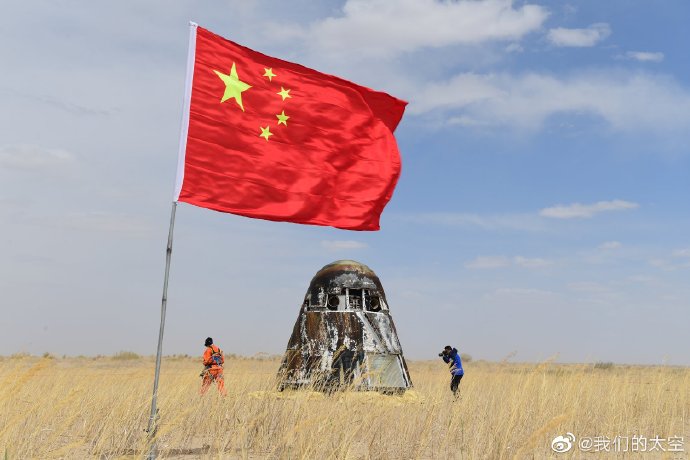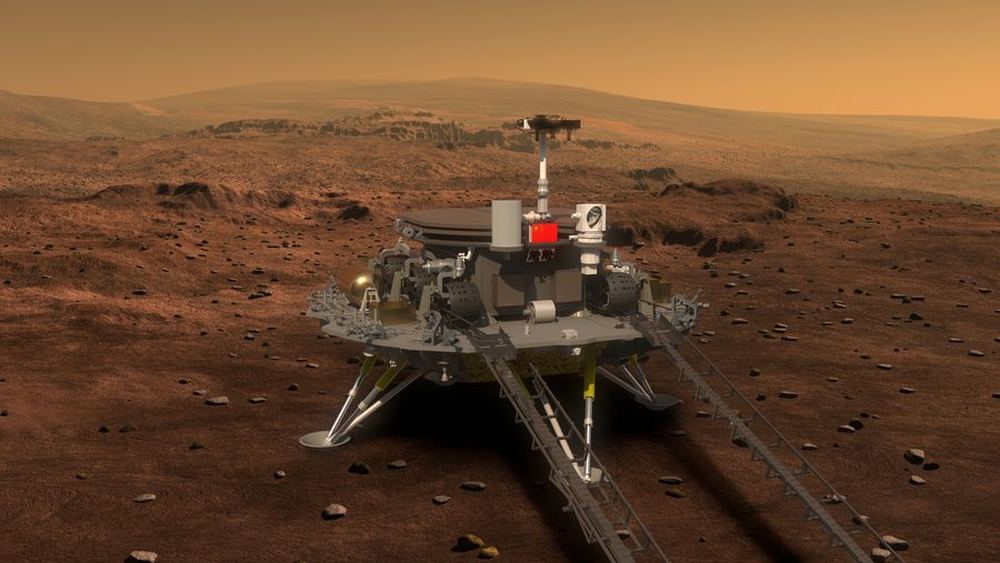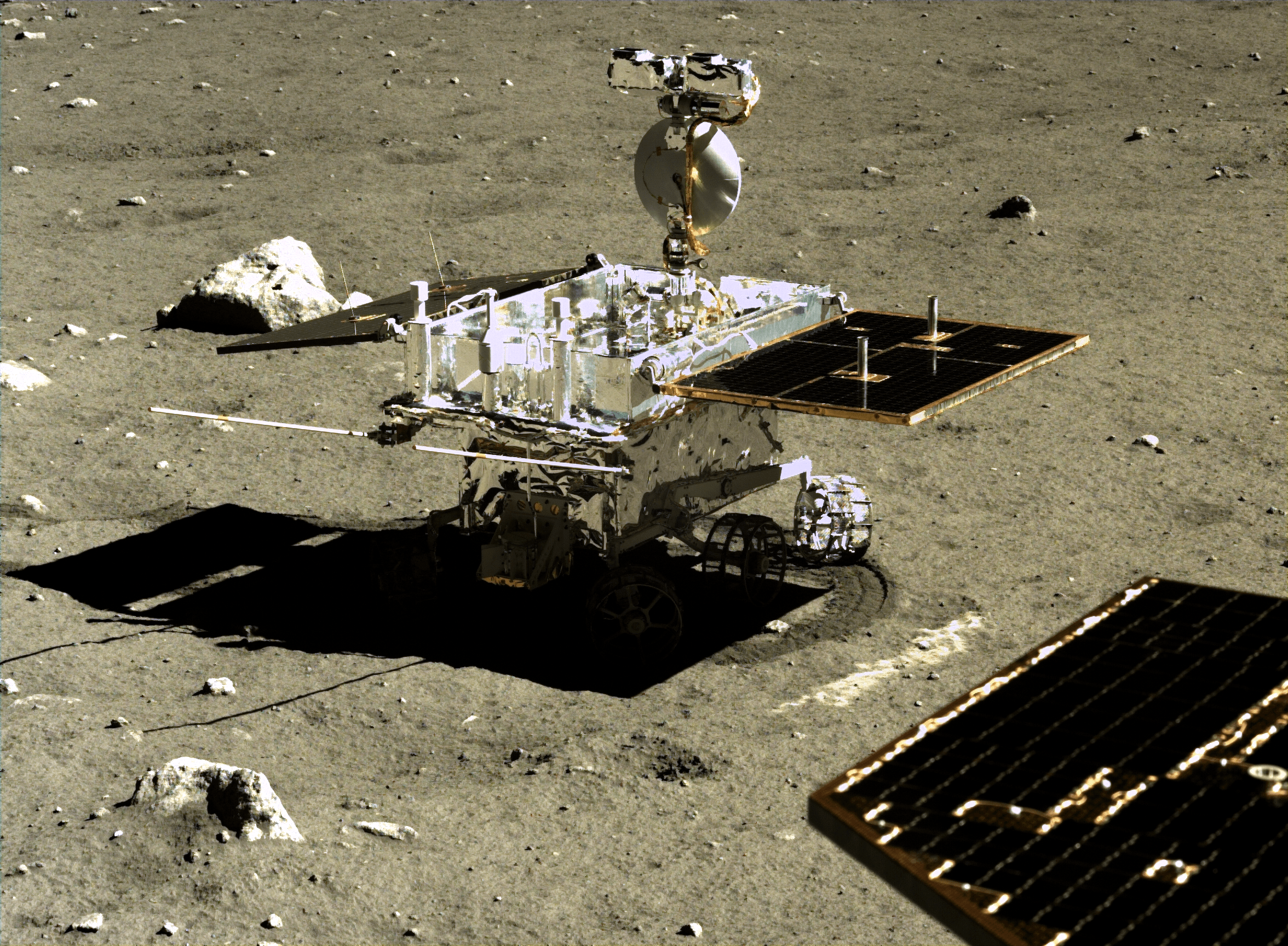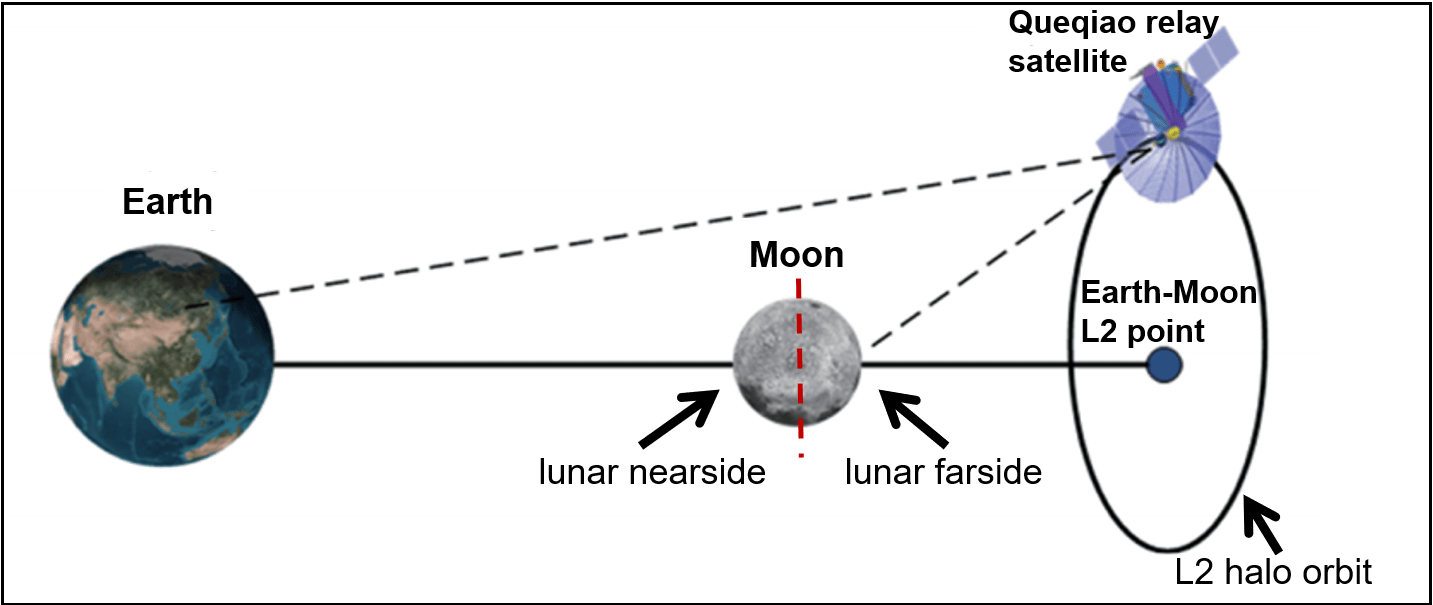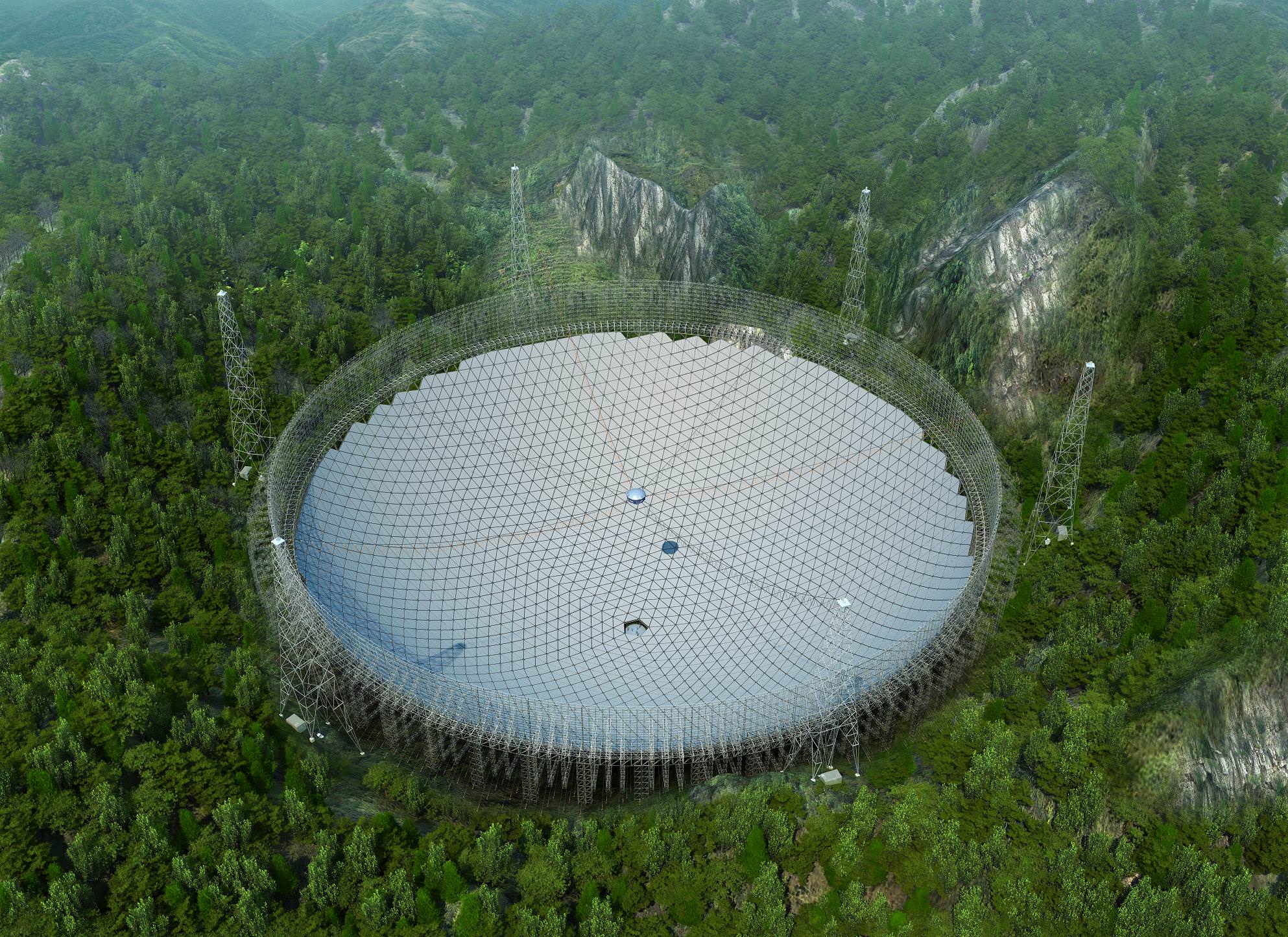In January 2019, China landed its Chang’e 4 mission on the Moon’s far side. The Yutu-2 rover got busy exploring its surroundings. It’s still going, even though the rover’s nominal operating mission was only three months.
Among the mission’s findings was a strange material described as “gel-like.” Now an analysis of the material has revealed that it’s just rock: impact melt breccia.
Continue reading “That Strange Gel-Like Material Discovered by China’s Lunar Rover? It’s Just Rock”


